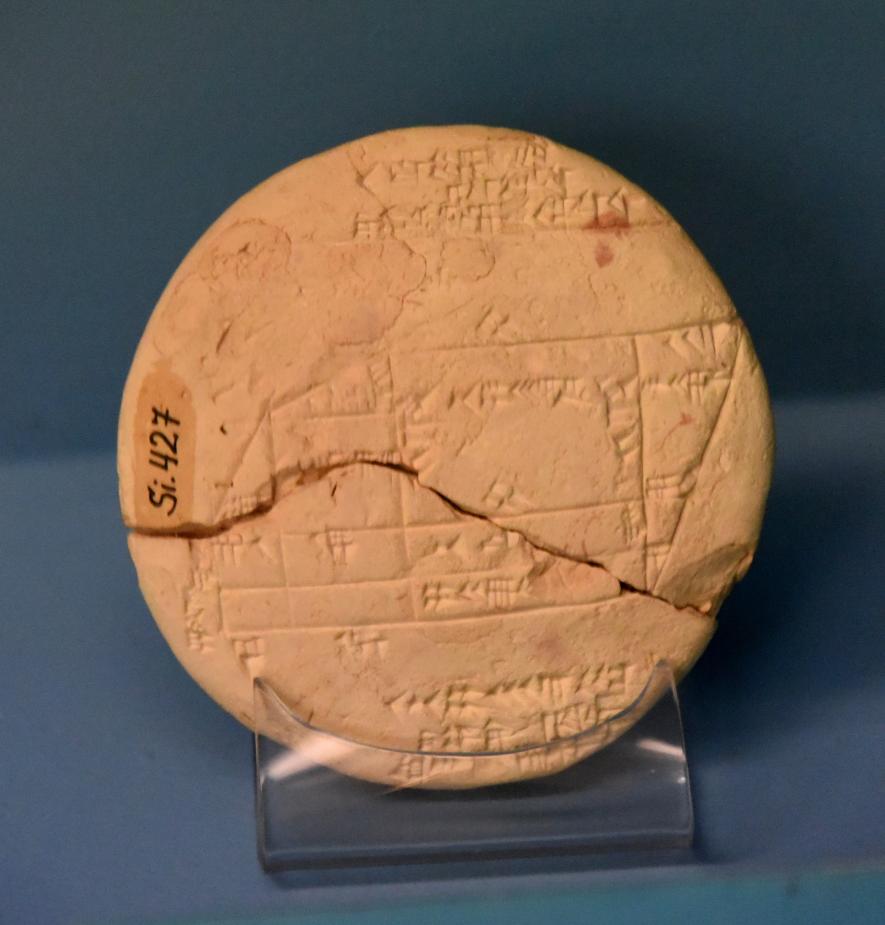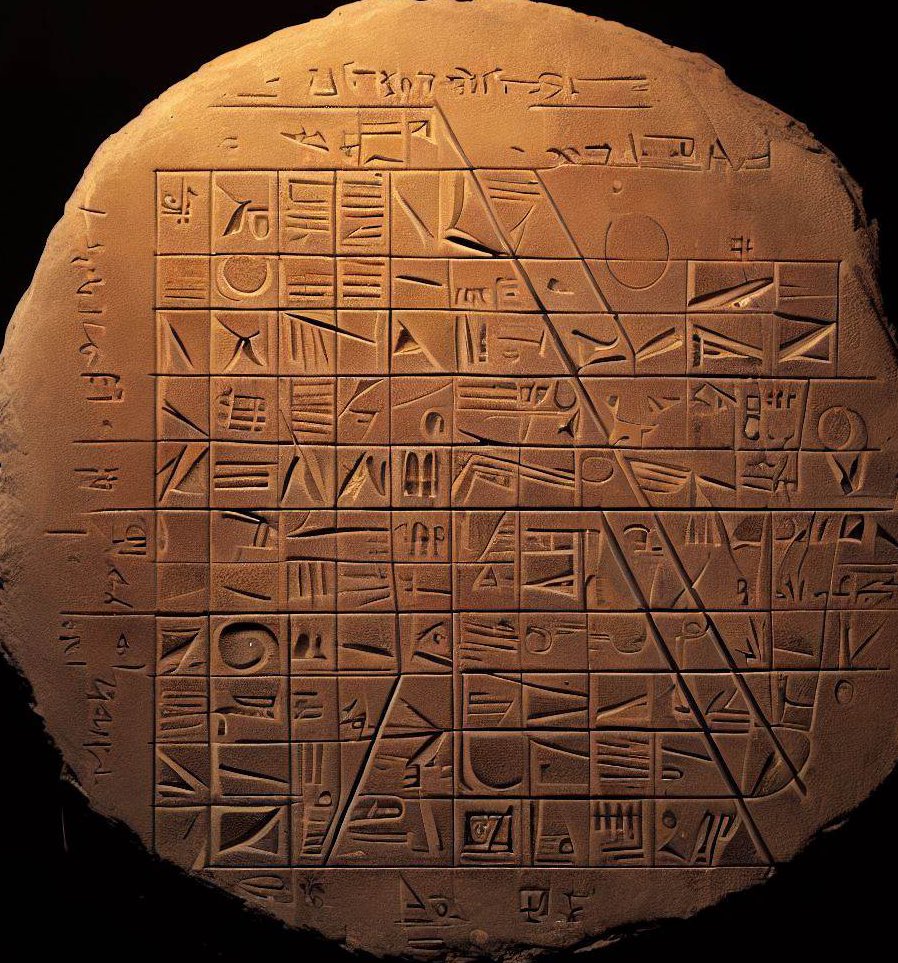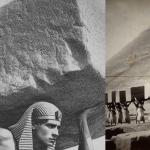Examining a 3,700-year-old ancient clay tablet to reveal pre-Pythagorean geometry

In the annals of human history, the evolution of mathematics stands as a testament to the ingenuity and intellectual prowess of ancient civilizations. Among the most remarkable artifacts that illuminate this journey is a 3,700-year-old clay tablet, bearing witness to the early application of geometry long before the birth of Pythagoras. This ancient relic serves as a window into the mathematical sophistication of our ancestors and challenges conventional notions of the timeline of mathematical discovery.

Discovered among the ruins of ancient Mesopotamia, the clay tablet offers a glimpse into the mathematical practices of the Babylonian civilization. Dating back millennia before the Greek mathematician Pythagoras, who is often credited with the discovery of the Pythagorean theorem, this artifact sheds new light on the origins of geometric knowledge and its practical application in ancient society.
At first glance, the tablet may appear unassuming, its surface etched with cuneiform script and geometric diagrams. Yet, upon closer examination, its significance becomes clear. The tablet contains a series of mathematical problems and solutions, demonstrating the Babylonians’ mastery of geometric principles such as area and proportions. From calculations of land area to the construction of right angles, the tablet reveals a sophisticated understanding of geometry that far predates the classical era.

One of the most striking features of the tablet is its application of the Pythagorean theorem—a fundamental principle of geometry that states that in a right-angled triangle, the square of the length of the hypotenuse is equal to the sum of the squares of the lengths of the other two sides. While Pythagoras is traditionally credited with the discovery of this theorem around 500 BC, the presence of similar geometric relationships on the Babylonian tablet suggests that this knowledge was known and applied centuries earlier.
The discovery of the ancient clay tablet challenges our understanding of the timeline of mathematical discovery and highlights the interconnectedness of ancient civilizations. It suggests that mathematical knowledge was not confined to a single culture or time period but was shared and exchanged across borders and generations. As such, the Babylonian tablet serves as a testament to the universality of mathematical principles and the enduring quest for knowledge that transcends time and space.

Moreover, the tablet offers valuable insights into the practical applications of geometry in ancient society. From the division of land and property to the construction of buildings and monuments, geometric principles played a crucial role in shaping the physical and social landscape of ancient Mesopotamia. The tablet’s preservation of these mathematical techniques provides a glimpse into the daily lives and economic activities of the Babylonian people.
As we reflect on the significance of the 3,700-year-old clay tablet, we are reminded of the importance of preserving and studying ancient artifacts. They not only offer valuable insights into the past but also challenge our assumptions and expand our understanding of human history. In the case of the Babylonian tablet, it is a testament to the enduring legacy of mathematical inquiry and the timeless quest for knowledge that continues to inspire and enrich humanity to this day.










